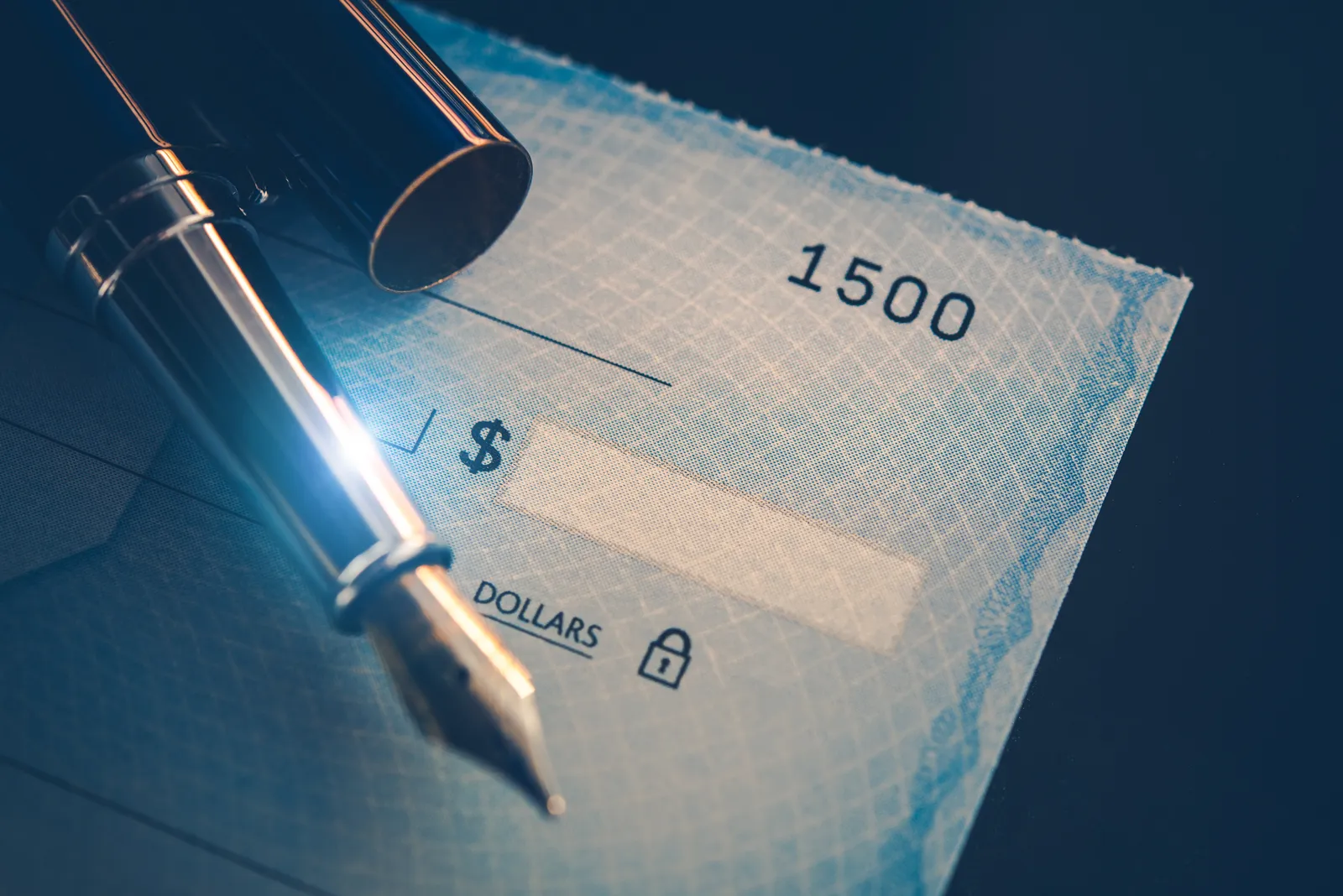If you’re a homeowner in Illinois, there’s a good chance you’ve heard about the Illinois property tax credit. Still, many people aren’t sure what it is, how it works, or whether they qualify. This often-overlooked credit can reduce your state income taxes by hundreds of dollars each year, with savings sometimes reaching $800 or more.
The challenge is that it’s easy to miss, especially when using DIY tax software that doesn’t highlight state-specific benefits. Without clear instructions, many homeowners skip over the steps needed to claim it.
In this article, we’ll explain what the Illinois property tax credit is, who qualifies, how to claim it properly, and why it might be worth reviewing your return if you haven’t been taking advantage of it.
What Is the Illinois Property Tax Credit?
The Illinois property tax credit is a benefit offered to homeowners who paid property taxes on their primary residence in Illinois. It helps lower the amount of state income tax you owe, making it easier to manage the overall cost of homeownership.
The credit is worth 5 percent of the property taxes you paid during the year. So, if you paid $6,000 in property taxes, you could receive a $300 credit when you file your Illinois tax return.
Instead of lowering your taxable income like a deduction, this credit directly reduces your final tax bill. That means it can make a real difference in what you owe—if you’re eligible and remember to claim it.
Who Qualifies for the Illinois Property Tax Credit?
Not every property owner in Illinois is eligible for the property tax credit. To claim it, you need to meet a few specific requirements related to ownership, residency, and responsibility for the tax payment. Below is what the state looks for:
You must own the property.
The credit only applies if your name is on the deed. Renters are not eligible.
The property must be your primary residence.
It must be the place you lived in during the year, even if only for part of it. Second homes, rental properties, and vacant land do not qualify.
You must be legally responsible for the property taxes.
Your name must be on the tax bill, and you must be the one who paid it. If someone else paid it for you and you weren’t responsible for it, you’re not eligible.
The taxes must have been paid during the tax year.
You can only claim the credit for taxes that were actually paid in the year you’re filing for, even if the bill was from a previous year.
Aside from the above requirements, below are a few other considerations to keep in mind:
Escrow payments still count.
If your mortgage lender paid your taxes through an escrow account, you’re still eligible. Just make sure to report the total amount paid.
First-time or partial-year homeowners may still qualify.
If you bought a home during the year and lived in it as your main residence, you may be able to claim a portion of the credit based on the time you owned and lived in the home.
Only one person can claim the credit.
If multiple people own the home, only one taxpayer should claim the credit to avoid filing issues.
There are income limits.
If your federal adjusted gross income is more than $500,000 (for joint filers) or $250,000 (for all other filers), you cannot claim the credit.
Reviewing these qualifications carefully can help you avoid mistakes that could cause the credit to be disallowed or overlooked entirely. Even eligible homeowners often miss it due to minor technicalities or assumptions about escrow and ownership timing.
Why Many Homeowners Miss This Credit
Even if you qualify for the Illinois property tax credit, it’s surprisingly easy to miss, especially if you’re filing your own taxes or relying on software to guide you through the process.
One of the most common situations we see is when a homeowner sells their primary residence during the tax year. Because the property is no longer in your name by the time you file, the Illinois Department of Revenue may push back on your claim for the credit. This often results in a letter questioning your eligibility, even if you lived in the home and paid property taxes for part of the year.
The good news is, you can typically still claim the credit—you just need to respond with documentation. A copy of your closing statement and proof of the taxes paid during your ownership period is usually enough to clear things up. It’s a routine issue, but it catches many homeowners off guard.

In addition to that, there are other reasons this credit frequently goes unclaimed. One is that tax filing software doesn’t always clearly prompt for it. These platforms are designed to work across all 50 states, and state-specific credits like this one can be easy to miss. If you’re not actively looking for it, the system may not walk you through it properly.
Another issue is escrow. Many homeowners pay property taxes through an escrow account set up by their mortgage lender. While the lender pays the bill on your behalf, you still need to enter the amount manually when filing your return. Some filers assume it’s already accounted for, or they simply overlook it.
And finally, state credits don’t get the same attention as federal ones, especially when you’re filing quickly or on your own. That’s why it’s so easy to miss out on savings like the Illinois property tax credit—even when you meet all the requirements.
Understanding where these gaps occur is the first step toward avoiding them—and ensuring you don’t leave money on the table.
How to Claim the Illinois Property Tax Credit
If you meet the eligibility requirements, claiming the Illinois property tax credit is fairly straightforward—but it’s important to follow each step carefully to ensure you don’t miss out.
Here’s what you’ll need to have on hand:
Your Property Index Number (PIN)
This is a unique number assigned to your property and can be found on your property tax bill or through your local county assessor’s website.
Proof of payment
Whether you paid your property taxes directly or through an escrow account, make sure you have documentation. This might include a copy of your property tax bill marked “paid,” a mortgage escrow statement, or year-end tax summary from your lender.
Schedule ICR
When filing your Illinois state income tax return, you’ll need to complete Schedule ICR (Illinois Credits). This is where you enter the amount of property tax paid, your PIN, and other required details.
Be sure to double-check all the information before submitting your return. Even small mistakes—like entering the wrong PIN, leaving out the total taxes paid, or skipping Schedule ICR entirely—can result in the credit being denied or overlooked.
Not Sure if You’re Missing the Illinois Property Tax Credit?
If you’re a homeowner in Illinois and haven’t been claiming this credit, you could be leaving real money on the table year after year. A simple review of your previous returns may even reveal missed opportunities to reduce your tax bill.
The good news is, you don’t have to figure it out alone. At Andrin Tax Relief, we help homeowners identify every credit they’re eligible for—including the ones most commonly overlooked. Whether you’re filing for this year or want to revisit past returns, we can walk you through the process and help make sure everything is done right.
Schedule a free consultation today and let us help you keep more of your hard-earned money.




